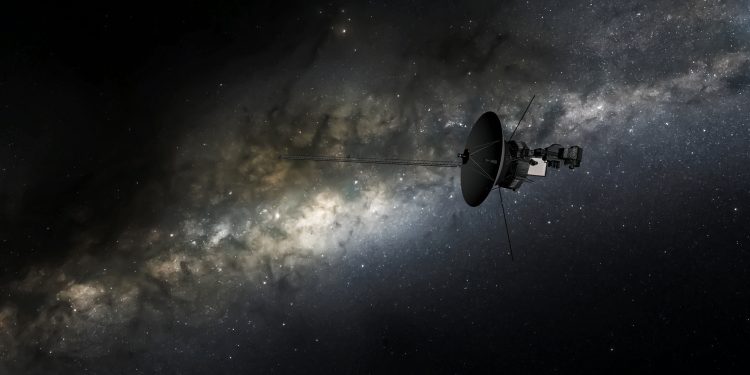NASA has turned off one of Voyager 2’s five remaining scientific instruments, a necessary step to extend the spacecraft’s life as it continues its journey into deep space. The agency announced on October 1 that it has deactivated the plasma science instrument, a tool that has provided invaluable data for decades, in order to conserve the probe’s limited energy resources.
Voyager 2’s Mission in Deep Space
Voyager 2, along with its twin spacecraft Voyager 1, was launched in 1977 to explore the outer planets. Since completing its initial mission, Voyager 2 has ventured farther into interstellar space than any other human-made object, continuing to send back valuable data. Both spacecraft rely on radioisotope thermoelectric generators (RTGs), which convert heat from decaying plutonium-238 into electricity. However, over time, the power produced by these generators has diminished. Voyager 2 now operates with about two-thirds of the energy it had at launch.
The plasma science instrument was designed to measure the solar wind and other charged particles emitted by the Sun. It was essential for detecting when Voyager 2 exited the heliosphere in 2018, marking its entry into interstellar space. However, as Voyager 2 moves farther from the Sun, the instrument’s ability to gather data has decreased. It now only provides meaningful information about once every three months.
Managing Voyager 2’s Limited Power
NASA engineers carefully evaluated the spacecraft’s power needs before making the decision to shut down the plasma science instrument. With Voyager 2 located over 12.9 billion miles from Earth, commands take 19 hours to reach the spacecraft, followed by another 19 hours for confirmation. This latest power-saving step is part of NASA’s long-term effort to keep Voyager 2 operational as long as possible.
Although the plasma science instrument has been powered down, Voyager 2 continues to function with four remaining instruments. Both Voyager spacecraft have defied expectations, and NASA hopes to keep them running into the 2030s. While their power supplies continue to dwindle, the data they have gathered over the past four decades will remain crucial for understanding our solar system’s boundaries and beyond.











